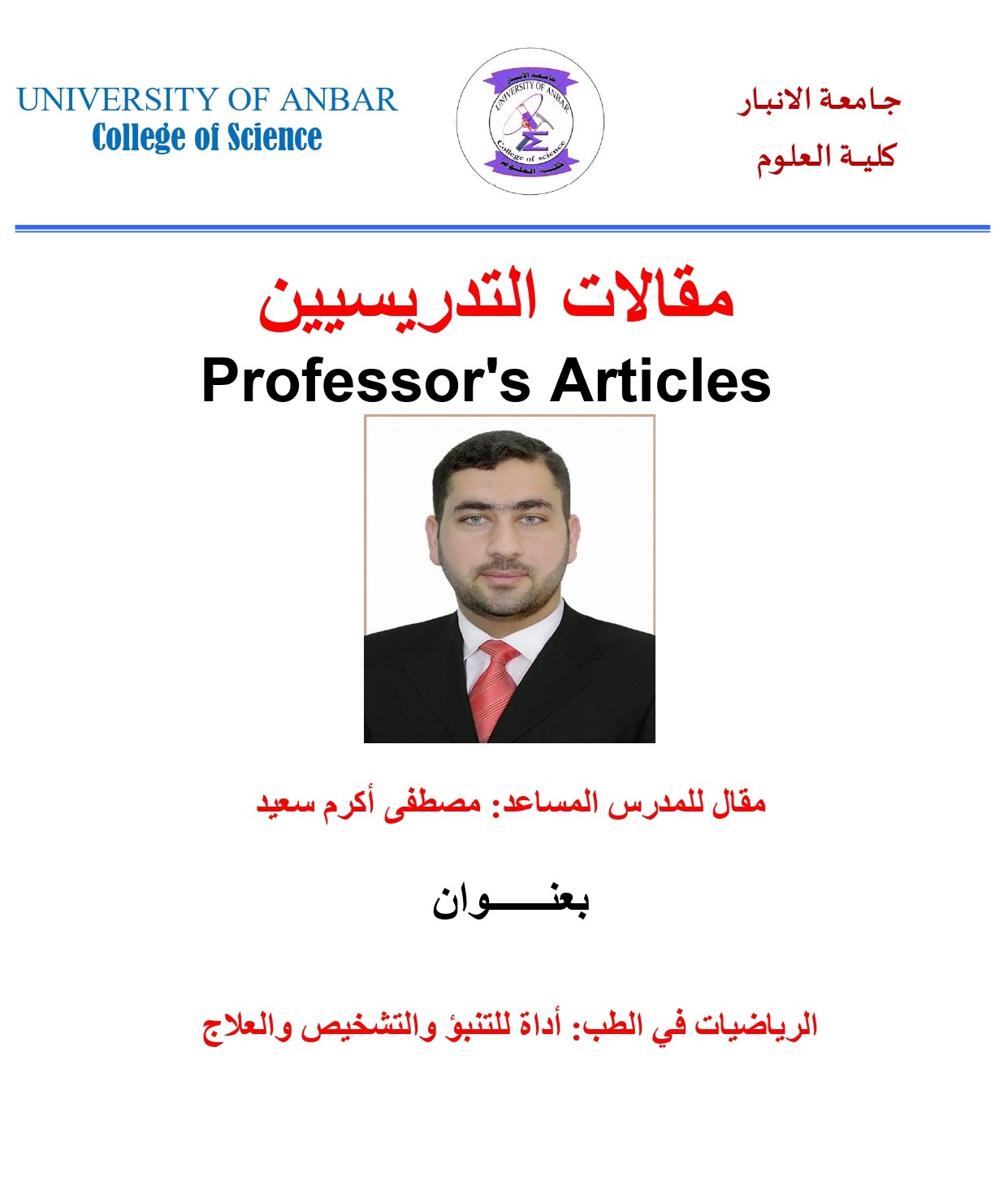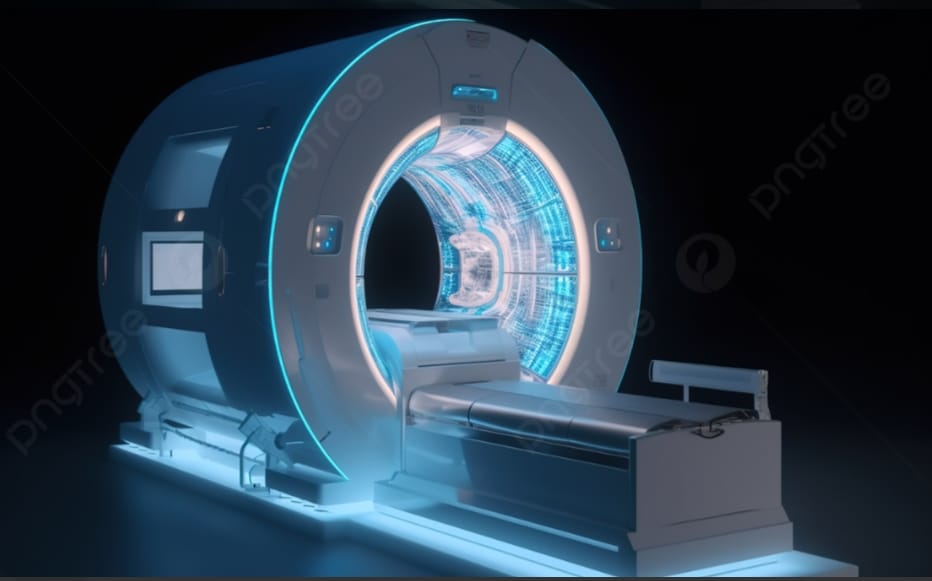
A scientific article by Assistant Lecturer Mustafa Akram Saeed entitled "Mathematics in Medicine: A Tool for Prediction, Diagnosis, and Treatment"
Mathematics has always been the language of science, used to understand the world around us. In medicine, mathematics plays a vital role in improving health care by predicting disease, improving diagnosis, and designing treatments. In this article, we will review how mathematics is used in medicine with real examples that highlight its importance.
Mathematics in Disease Forecasting
Mathematical models are used to determine the likelihood of certain diseases based on risk factors such as age, weight, family history, and lifestyle. For example:
1- Diabetes: Statistically based algorithms are used to analyze patient data and identify people at high risk of developing diabetes.
2- Pandemics: During the pandemic, mathematical models such as the "basal reproduction rate (R0)" were used to determine the speed of the spread of the virus and make decisions about lockdown and vaccination.
Mathematics in diagnosis
1- Medical imaging: Techniques such as magnetic resonance imaging (MRI) and computerized tomography (CT) scan rely on mathematics to analyze medical images. For example, "integrative conversion" technology is used to convert data into accurate three-dimensional images.
2- Artificial intelligence: Mathematical algorithms are used to analyze X-ray images and detect tumors in their early stages.
Mathematics in Therapy
1- Radiation therapy: Mathematical models are used to determine the optimal dose of radiation to treat cancer without harming healthy tissue.
2- Drug design: Mathematics is used to analyze the effect of drugs on the body and determine appropriate doses based on the patient's weight and health status.
Real examples
1. Cancer prediction: Statistics-based algorithms have been developed to analyze gene data and identify people at high risk of developing cancer.
2. Medical imaging: Compact sensing technology has reduced MRI time from 8 minutes to 70 seconds, improving the patient experience.
3. Coronavirus pandemic: Mathematical models have helped governments make critical decisions about lockdowns and the distribution of medical resources.
How to apply mathematics in magnetic resonance imaging (MRI) with a real theoretical example:
When a patient undergoes an MRI scan, the body is exposed to a strong magnetic field, which causes the response of molecules inside the body, especially hydrogen molecules found in water and fat. This response produces signals that are picked up by the device. Here comes the role of mathematics:
1. Mathematical analysis of signals: Fourier Transform, a mathematical technique, is used to convert signals from a time field to a frequency domain. This analysis enables the device to distinguish between different tissues in the body.
2. Image Reconstruction: After analysis, other mathematical equations, such as linear equation and integration methods, are applied to reconstruct an accurate three-dimensional image of organs and tissues. These images are used to accurately locate tumors or damage.
3. Image Quality Improvement: Math is also used to reduce noise and improve image quality using signal processing algorithms. Like the "Interpolation" technique, to clarify fine details in tissues.
This theoretical model shows how mathematics is not just an aid but the backbone of the MRI technique that is used daily to diagnose serious diseases.

Mathematics is not just numbers and equations, it is a powerful tool that contributes to saving lives and improving the quality of health care. Through its applications in prediction, diagnosis, and treatment, mathematics proves to be an integral part of modern medicine.
